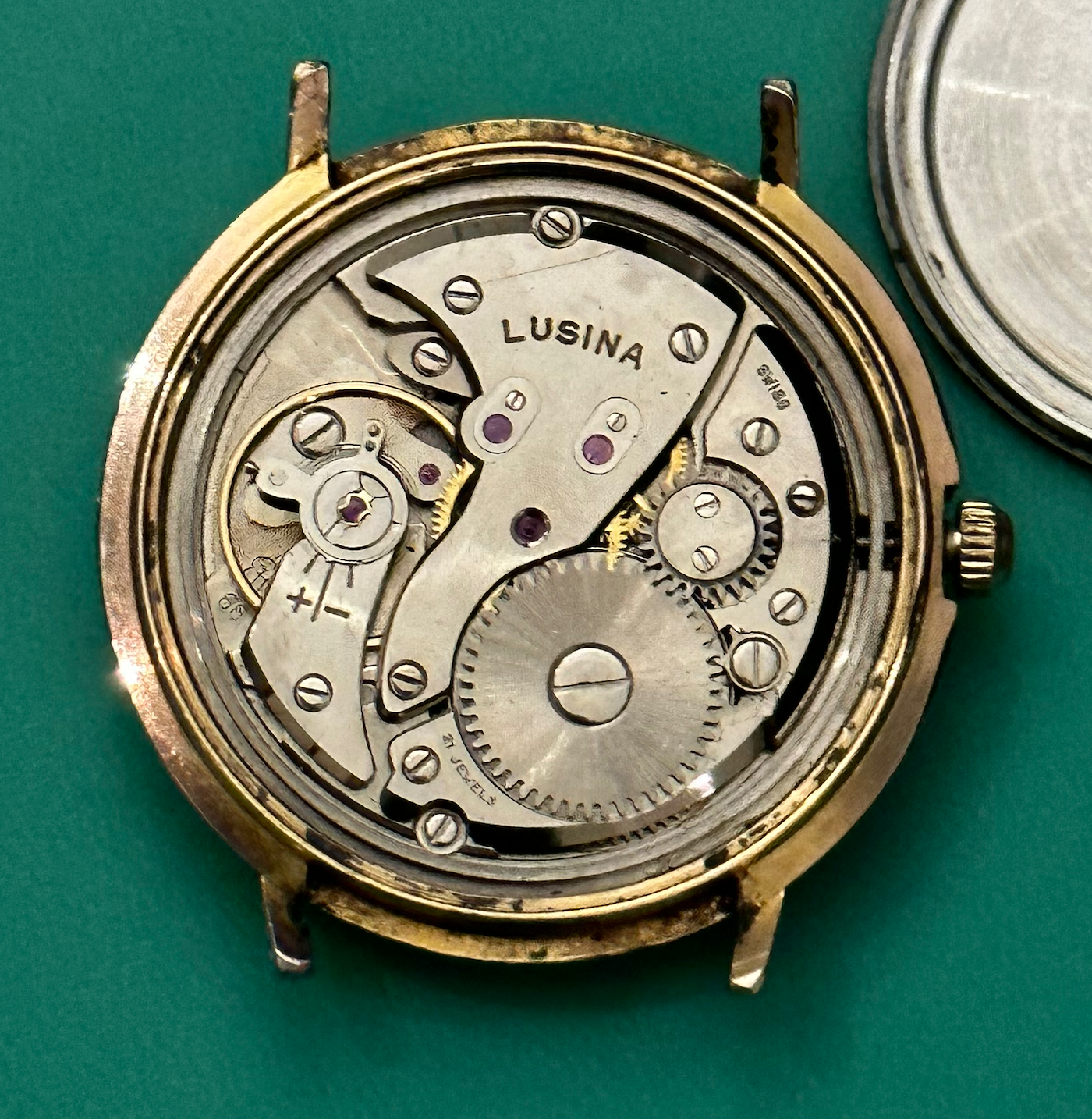Adjusting a broken Hairspring
-
Recently Browsing
- No registered users viewing this page.
-
Topics
-
Posts
-
By Neverenoughwatches · Posted
Sharpening gauge. I found the easiest side to do was the safety roller as the roller table laid flat on a block provided stability. The other way requires a specific stump for the roller and pin to sit in, but may also grip better way. -
Yes, the problem isn't so much with the 'background' radiation but inhaling or digesting loose flakes and dust that can become airborne.
-
The spring is so the crown pops out to the winding position when unscrewed.
-
Radium and the horrible story of the Radium Girls scares everyone - But there is also a lot of paranoia here. I did a whole bunch of readings on a watch with Radium lume recently. My Geiger counter read 2µsv/h through the crystal with the sensor part of the Geiger counter right on top of the watch. This measurement dropped off to the normal background rate of 0.18µsv/h as soon at the Geiger counter is just a few cms away. Measuring from the back of the watch and there is virtually no increase. The rate went up to 5µsv/h from the dial and hands when the movement was removed from the case. To put this in perspective a Frankfurt to New York flight would give you about 50µsv of exposure and a chest x-ray about 100µsv. Norwegian labour law states “The limit value for workers over the age of 18 years is set to 20 mSv per calendar year.” - that is the equivalent of 400 flights across the Atlantic! I will however point out at this point it is important that you don’t ingest the radium from the watch! One of the worst things you can do is scrape the radium off the dials and create radioactive dust that you could breath in! That being said… If for each radium lumed watch you work on you spend 15 minutes getting the movement out of the case and the dial and hands off and then another 15 minutes at the end putting the dial and hands back on your exposure would be less than 2.5µsv Once you have the hands and dial off they can go in a box and put safely out of the way (probably good practice for any watch!). I believe the risks are negligible If you take precautions such as wearing a mask and gloves and wiping your work surfaces down with a damp paper towel and disposing of the towel, gloves and mask once you are finished
-
By Michalzeszen · Posted
Yes, we're actively discussing it! I believe tomorrow I'll go there so he assembles it. Better safe than sorry. Dude is old and experienced. Now, what it the purpose of the spring?
-







Recommended Posts